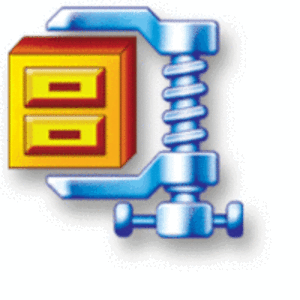
B2B Articles - Oct 28, 2012 7:43:22 PM
ZIP files, also known as compressed or archived files, condense multiple files into a single location with the extension ZIP, reducing the overall size and making them easier to transmit. Phillip Katz invented the ZIP file in 1986, and it was first implemented with the PKZip program for Katz’s company, PKWare. Eventually, Katz’s compression method became common usage within Microsoft Windows and Apple’s Mac OS and programs like WinRAR, WinZip and StuffIt can expand them.
 But how does it all work? What kind of technological magic makes files smaller while maintaining all of the information? That “magic” is actually a pretty straightforward algorithm that takes the redundant aspects of a file and breaks it into smaller parts. This is called “lossless compression“; all of the original information is retained.
But how does it all work? What kind of technological magic makes files smaller while maintaining all of the information? That “magic” is actually a pretty straightforward algorithm that takes the redundant aspects of a file and breaks it into smaller parts. This is called “lossless compression“; all of the original information is retained.
The way in which a compression program works is by recognizing patterns. According to website HowStuffWorks, it’s common for languages to have redundant patterns, which is why text files are easily compressed. But the file reduction ratio depends on several factors, including the file’s type and size and how the program chooses to compress it. Images and MP3 files contain more unique information without many patterns. That’s where “lossy compression” comes in — compression programs get rid of what they deem unnecessary information.

Tel 212-993-7809
Ironpaper ®
10 East 33rd Street
6th Floor
New York, NY 10016
Map
New York Agency
B2B marketing
B2B Content
Demand generation agency
Digital Marketing
Account-Based Marketing
ABM for SaaS
ABM for energy
Demand generation campaigns
Industry marketing
Privacy Policy
First-party data marketing
SaaS marketing
SEO for B2B
IoT Marketing
B2B Marketing for IoT Companies
HubSpot Agency
B2B Product Marketing
B2B Software Marketing
IoT go-to-market strategy
IT Marketing
HubSpot for ABM
ABM for AI companies
Technology Marketing
Marketing for IT Companies
ABM Campaigns
B2B lead generation
B2B Marketing and Growth Agency.
Grow your B2B business boldly. Ironpaper is a B2B marketing agency. We build growth engines for marketing and sales success. We drive demand generation campaigns, ABM programs, B2B content, sales enablement, qualified leads, and B2B marketing efforts.